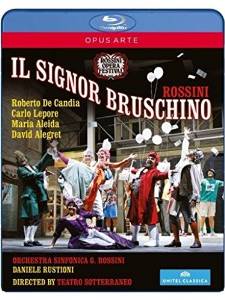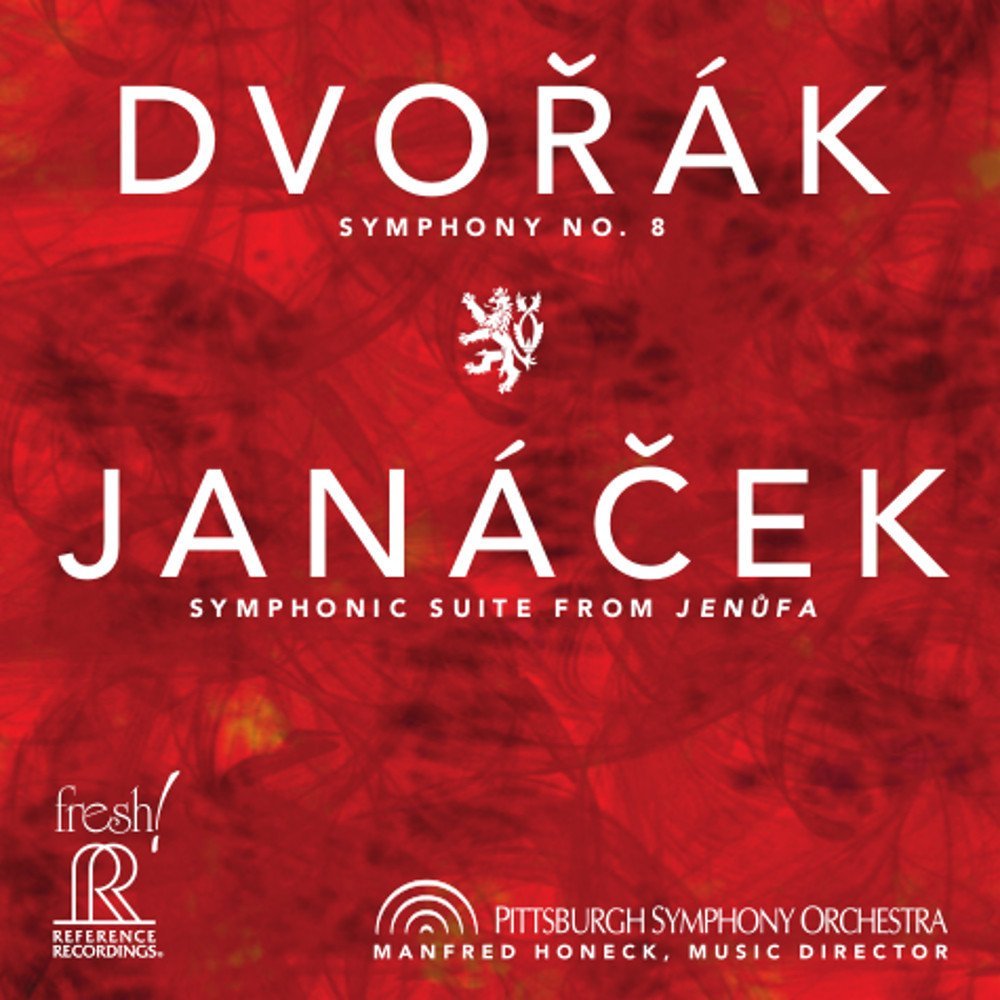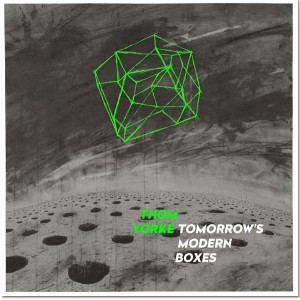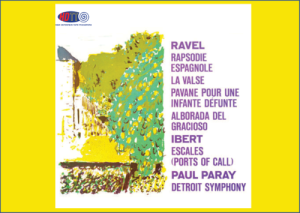Tannhauser – Richard Wagner. Music and Libretto: Wagner, Romantic Opera in Three Acts. Composer: Richard Wagner. Conductor: Axel Kaber. Director: Seabastian Baumgarten. Stage Designer: Joep vanMechaow. Chorus Master: Eberhard Friedrich. Recording: OABD7171D, 2 Discs Blu-rays, Opus Arte. Orchestra: Bayreuth Festival and Chorus
First performance Koniglich Sachsisches H of theater, Dresden, 19 October 1845. Premiere of this production at the Bayreuth Festival 25 July 2011.
This recording by one of the few truly great composers is generally accepted as one of the great musical compositions of all time. Many listeners are more familiar with Wagner's unique contribution of his famous and unique "Ring" cycle of four operas is still the most ambitious effort by any composer ever in opera literature. The opera reviewed here is quite outstanding and a bit unique though on a very different and smaller scale.
Tannhauser:
Wagner first wrote "Tannhauser" in 1845 while working as Kapellmeister at the royal court of Dresden. Those who knew him claimed that no other work ever received more attention and supposedly, ultimately he was never satisfied with any single version of it! "Tannhauser" was the medieval legend of the knight from Tannhauser. After three different versions were performed he began the first of many revisions were written and performed. The famous French Jockey Club in keeping with French tradition demanded that the opera Tannhauser include a ballet. Yes, that was a French tradition and also the placement was traditional and Wagner did not follow that part of the tradition; remember, Wagner was not French. Even today most performances of "Tannhauser" have a ballet in one of the acts, and not always at the same place. The outstanding themes are presented in "Tannhauser" in the prelude, so pay close attention as they will be repeated.
Ultimately Tannhauser winds up with a destiny of service to Venus herself; damnation actually. She sings that her love is too powerful for any mortal to handle while a possible filming slipup shows a man's hand and arm being knocked aside under her long gown. The never closing performance of the attractive "Pilgrim's Chorus" pretty much concludes the opera though much has taken place and simply must be seen and heard to appreciate in this outstanding performance of an outstanding opera. Yes, here in the good old United States we have some of the finest musical orchestras in the world. Do not dismiss the abilities of particularly some special groups that get together year after year such as the Bayreuth Festival that somehow turn out great performances year after year even though their famous conductors have rather recently passed away. Some traditions hold true for long periods of time. Here newcomers have taken the place of the famous Karajan and Abbado and great performances seem to be keeping pace. As an aside, you maybe have some trouble following the two blue-ray discs here as not everything is placed where usually found. Keep check on the flow of everything and the importance of the visual aspects all around while you enjoy great performances here. Pay attention to the quite outstanding recording beautifully picking up fine details and the spatial details in a true surround sound atmosphere. Listen for those subtle details that are there. The better the Blu-ray player you have the more subtle sounds/notes you will hear clearly. At the moment the relatively new Oppo players seem to be a particularly good choice: The model numbers of them are in the 100 and above ranges.
In Nativitaye Beatre Marial Virginis. Schola Sanctae Sunnivae. Recording: 2L-069-SACD. Ad. Vesperas
1 – Antiphona ad Magnificat
2 – Interludium
Ad Matutinum – In 111 Nocturno
Antiphona 3,4, 5
Interludium 11
Responsorium 7, 8, 9
Interludium 111
Ad Laudes
Antiphona 11, 12, 13
Intesludium IV
Antiphona 15, 16, 17
Interludium V
Office Gregorian chants for the feast of the Nativity of the Blessed Virgin Mary: In the past the Schola Sanctae Sunnivae has recorded two offices with Gregorian chant pieces from the Nordic tradition. All previous chants can be retraced with various frequencies to similar variants in various codices. The modal structure is mostly intact with the typical late repertory flourishing ornamentation in the verses of the responsorial and extended melismas at the end of the corpus. It works out beautifully. The Gregorian chant choir Schola Sanetae Sunnivoe was established in 1992 and consists of up to 14 female singers led by founder and conductor Anne Kleivse. Schola Sanctae has spearheaded the restoration and performance of Gregorian chant material from Norwegian and European medieval sources. This is their fourth CD release and I can attest the beauty and unforced smoothness of their chanting as in this performance of Maria, originally a work in five movements is as smoothly performed as I have ever heard. Here they are headed in an exclusive transcription for melodic percussion instruments for this CD recording. Want relaxing, truly beautiful music play, and well here it is. Espen Aalberg and Lars Sitter ae both professional percussionists and often play with the Trondheim Symphony Orchestra to great added effect! Their percussion instruments have an attractive unique sound as played by the two of them. Also earning definite top recommendation that surprised even me, with unique sound that is beautiful and relaxing. Yes, this is part of the now famous 2L series of hybrid SACD recordings by Lindberg Lurch AS in 5.0 surround plus stereo often recorded in churches.
Composer: Rossini. Composition: Il Signor Brushchino (One act operatic farce). Theater Company: Testro Sotterraneo (Sung in Italian). Orchestra" Sinfonica G. Rossini. Conductor: Daniele Rustioni. First Perforamnce: Teatro San Moise, Venice 27, Jan. 1813. Premiere This Performance: August 12, 2012
Due to my lack of knowledge about Rossini I turned to the deservedly famous music critic Harold C. Schonberg. Quoting Schoenberg, "Rossini's first opera in 1810 to 1848, the year Donizetti died, three composers dominated Italian opera- that is opera composed in Italy: bel canto opera, not stately opera. The three were Rossini, Donizetti and Bellini. Rossini was quite a character and in advance planned to not have a long composing career. At a concert of his vocal music by a well-known vocalist, he said the following: "Congratulations on your brilliant singing, who was the composer?" Many such comments had been attributed to Rossini as he proudly has acknowledged! He also bragged, "Give me a laundry list and I will set it to music." At the age of twenty-one Rossini was world famous. Richard Wagner admitted that Rossini makes music with using melody to delight the audience. None of this concerned the bel canto composers. Their emotional exhibitionistic art did not call upon listeners to think deeply. As a result their operas were immensely popular. "Later, the spectacle operas of Meyerbeer, the psychological operas of Verdi and the music dramas of Wagner pushed bel canto opera off the stage." Rossini composed thirty-nine operas." After World War II there was a sudden revival of interest in bel canto opera, thanks largely to two singers—Maria Callas and Joan Sutherland. Bel Canto opera demands coloratura singers, not just coloratura soprano (There is a mistaken idea that coloratura pertains to high soprano alone). Rossini had heard some of the great castratos and knew what they could do. The great ones could melt their listeners with the purity, beauty and even passion of their delivery. Rossini was always fighting the tastelessness of singers. There are things that pop up in this reviewed Il Signo Bruschino opera.
This opera is certainly not so-called "Grand Opera" though it is definitely melodic and entertaining as was what was desired by the audiences targeted by Rossini. Melodies flow easily from the pen of Rossini. May sound unusual but I would also say that the settings and costumes are quite attractive and suit the opera quite well. All in all, simply well performed and meets with the demands of the targeted audience. Audio quality is fine in Blu-ray and adds very good presentation overall. Do remember to double check to see if your disc player handles Blue-ray; not all do.
It also brings up the subject of humor in opera. How to present any humor to you, my all-important readers. Unlike a series of humorous actors in a continuing series that everyone knows who the humorous one is or will be. Not as simple or easy to do in an opera as here being reviewed. Should visual humor be reviewed per se or what? Have sympathy for reviewing humor in an opera such as this one. Ask yourself if any humor you saw in the opera was simply and only visual? Was any of the humor simply verbal such a telling a joke or funny story? Humor can be tough to do in operas.
A John Williams Celebration
- Opening:
- Olympic Fanfare Theme: U.S. Army Herald Trumpets
- Soundings: Three Pieces from Schindler's List
- Remembrances
- Jewish Town: Krakow Ghetto 1941
- Theme: Itzhak Perlman, violin
- Cadenza, Variations from Fiddler on the Roof, Escapdes from Catch Me if you Can
- Closing In: Dan Higgins – alto saxophone
- Reflections: Glenn Paulson – vibraphone
- Joy Ride: Michael Valerio – string bass
- Throne Room, Finale from Star Wars
This unusual and very impressive program was recorded live at Walt Disney Concert Hall, Los Angeles on 30 September 2014. John Williams only conducted the "Imperial March" from The Empire Strikes Back. The composition "Soundings" was commissioned for the opening of Walt Disney Hall in October 2003. The Olympic Fanfare an Theme was commissioned for the Games of the XX111 Olympiad and is the best known of the composer's four Olympic fanfares. Perhaps none of Williams's music is more famous than that of Star Wars (1977) which won him his third Academy Award. "The music kind of tells the story." The very impressive Williams did conduct the Stars Wars "Imperial March" and as he did as the cast marched up to him in their appropriate costumes—seemingly a surprise to Williams. That certainly seemed to the audience to be a highlight if not the highlight of the program and was performed faultlessly. In Williams place a conductor was Gustavo Duhamel. Whether or not the orchestra was actually following his conducting matters not. Most large professional orchestras can almost "perform in their sleep" and are used to practicing while led by the Concertmaster (First Violinist) when the conductor is busy with other important things such as fund raising. In any event it all came off beautifully and professionally. Tis a shame that longer excerpts were not able to be used. All in all, the celebration was a definite and popular success and transfers well for home viewers /listeners.








































